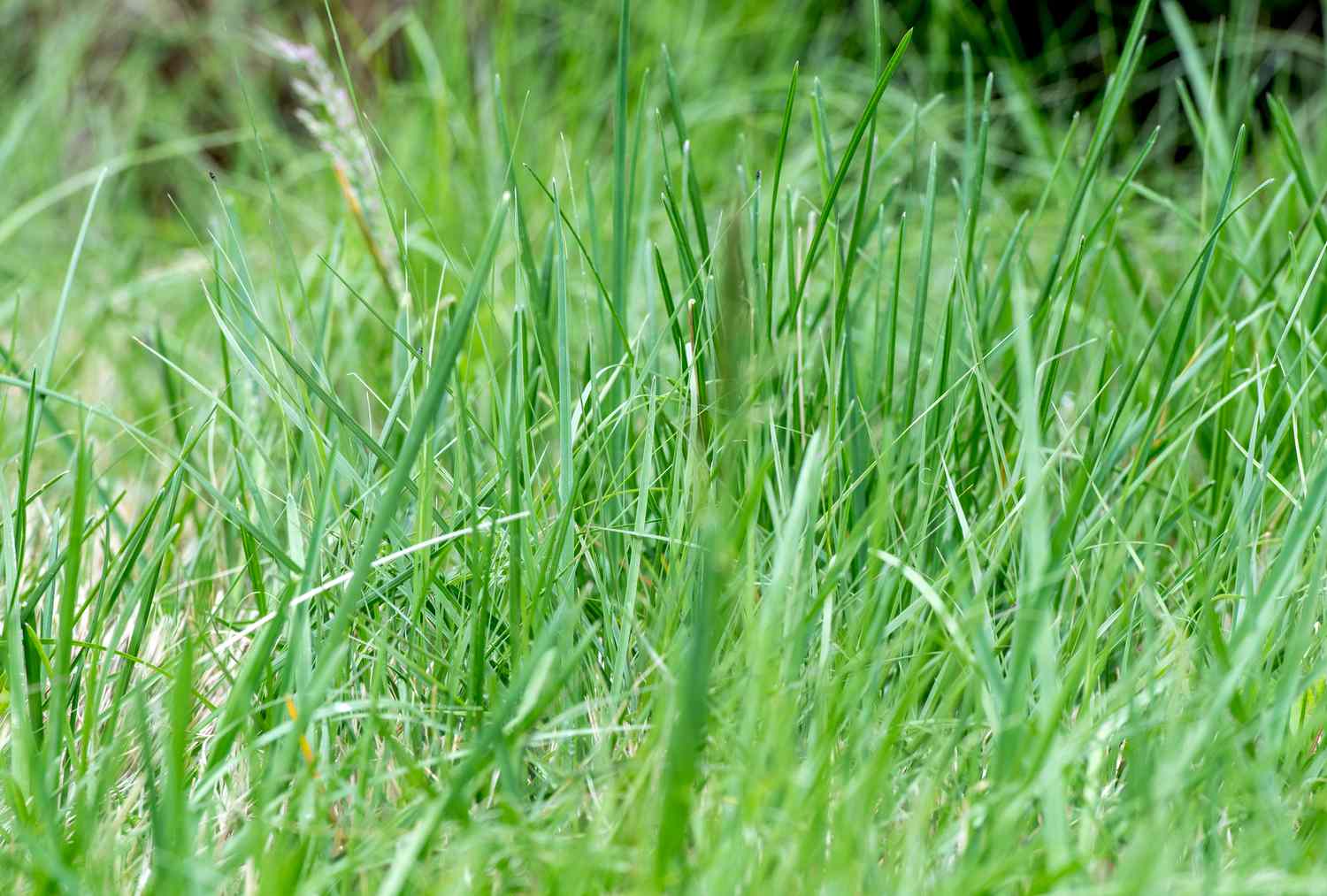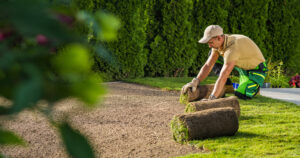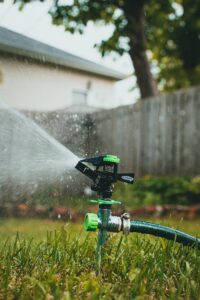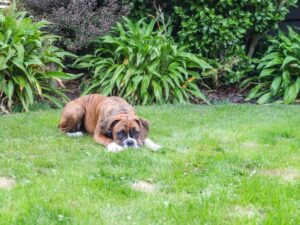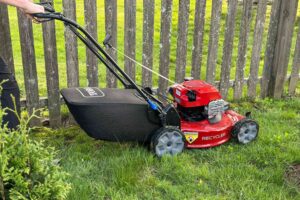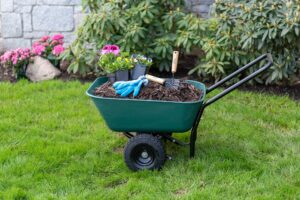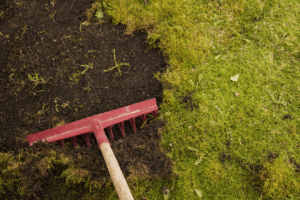Transform Your Yard with Buffalo Grass: The Sustainable Native Lawn Alternative
Buffalo grass (Bouteloua dactyloides) stands as one of North America’s most resilient native grasses, offering homeowners a sustainable, low-maintenance alternative to traditional turf options. This hardy prairie grass evolved in the Great Plains, developing remarkable drought tolerance and an ability to thrive with minimal inputs—qualities increasingly valuable in today’s climate-conscious landscaping.
Understanding Buffalo Grass: Nature’s Low-Maintenance Lawn Solution
Native to the North American Great Plains, buffalo grass earned its name from its historical role as a primary food source for American bison herds that once roamed freely across the continent. This warm-season perennial grass has adapted perfectly to withstand harsh environmental conditions including drought, temperature extremes, and poor soil quality.
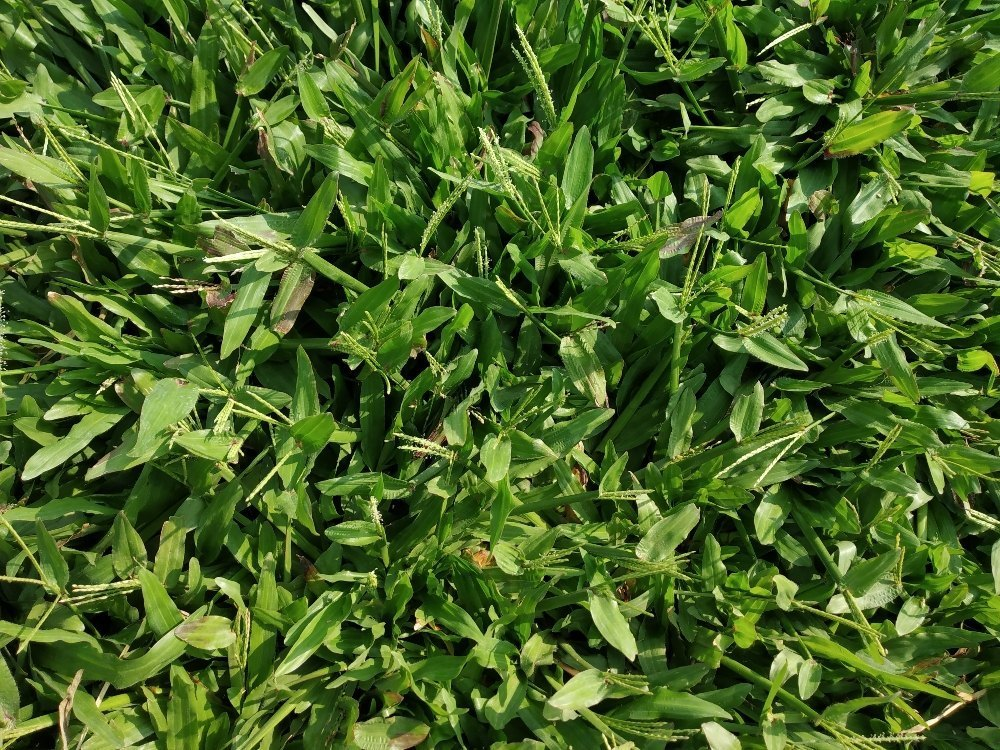
Key Characteristics of Buffalo Grass
Buffalo grass presents a distinctive appearance and growth habit that sets it apart from conventional lawn grasses:
- Growth Pattern: Forms a dense, fine-textured turf that reaches only 4-8 inches tall when unmowed, creating a naturally short meadow appearance.
- Color Profile: Displays a soft blue-green color during active growth periods, transitioning to a straw-like dormant state during drought or cold weather.
- Root System: Develops an extensive, deep root network extending 6-8 feet into the soil, enabling exceptional drought resistance and resource efficiency.
- Spread Method: Grows via both above-ground stolons (runners) that create new plants and spread horizontally across the soil surface, creating a naturally expanding lawn.
- Gender Characteristics: Exists as a dioecious species with separate male and female plants. Male plants produce small spikes above the foliage, while female plants develop distinctive seedheads that remain close to the ground, typically 3-4 inches high.
- Seasonal Behavior: Enters dormancy during cold weather, turning a light tan or straw color until temperatures warm consistently above 60°F in spring.
- Ecological Value: Provides habitat for beneficial insects and soil microorganisms, supporting a healthier garden ecosystem.
These characteristics make buffalo grass an excellent choice for homeowners seeking an environmentally friendly lawn option that requires significantly less water, fertilizer, and mowing than conventional turf grasses.
Environmental Benefits of Buffalo Grass Lawns
The ecological advantages of choosing buffalo grass extend far beyond its attractive appearance:
- Water Conservation: Requires 50-75% less irrigation than traditional bluegrass or fescue lawns, with established lawns surviving on as little as 1/4 inch of water per week during drought conditions.
- Reduced Chemical Needs: Naturally resistant to many common lawn pests and diseases, eliminating or drastically reducing the need for pesticides.
- Minimal Fertilizer Requirements: Thrives in low-nutrient environments, requiring only occasional light fertilization to maintain vigor. Its adaptations to prairie soils mean it can extract nutrients efficiently from even poor-quality soils.
- Lower Emissions: With significantly reduced mowing needs (as little as monthly or less), buffalo grass lawns contribute to reduced carbon emissions from lawn equipment.
- Erosion Control: The deep, fibrous root system effectively prevents soil erosion on slopes and in areas prone to water runoff.
- Native Habitat Creation: As a North American native plant, buffalo grass provides better habitat for local wildlife than non-native turf options.
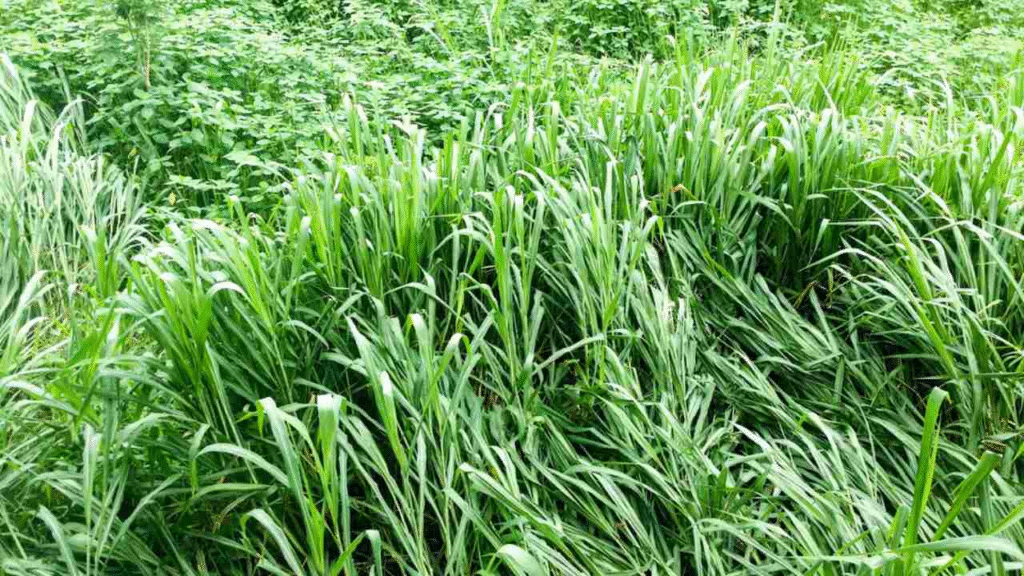
Site Selection for Buffalo Grass Success
Before establishing your buffalo grass lawn, carefully evaluate your site conditions to ensure optimal growth:
Ideal Growing Conditions
- Sunlight Requirements: Demands full sun exposure (6+ hours daily) for best performance. Will thin out significantly in shady areas, making it a poor choice for heavily wooded lots.
- Temperature Range: Thrives in USDA hardiness zones 3-10, with best performance in zones 5-8. Can withstand temperature extremes from -30°F to over 100°F when established.
- Soil Preferences: Adapts to various soil types but performs best in well-drained soils with pH between 6.5-8.0. Shows remarkable tolerance for alkaline conditions that challenge many other grasses.
- Moisture Conditions: Excels in regions receiving 10-25 inches of annual rainfall. Areas with higher precipitation may experience more disease pressure or competition from other grass species.
- Traffic Tolerance: Handles moderate foot traffic but may not be suitable for heavily used play areas or sports fields without supplemental irrigation during active use.
Site Preparation Essentials
Proper site preparation significantly impacts buffalo grass establishment success:
- Existing Lawn Removal: Eliminate existing turf completely using either solarization (covering with clear plastic for 4-6 weeks during hot weather), careful herbicide application, or mechanical removal.
- Soil Testing: Conduct a soil test to determine existing pH and nutrient levels, making amendments only as indicated by test results.
- Grading: Ensure proper drainage by creating a slight slope away from structures, eliminating low spots where water might collect.
- Weed Management: Address persistent perennial weeds before planting, as they are much more difficult to control after buffalo grass establishment.
- Soil Preparation: Till to a depth of 4-6 inches, incorporating any recommended amendments, then rake smooth to create an ideal seedbed.
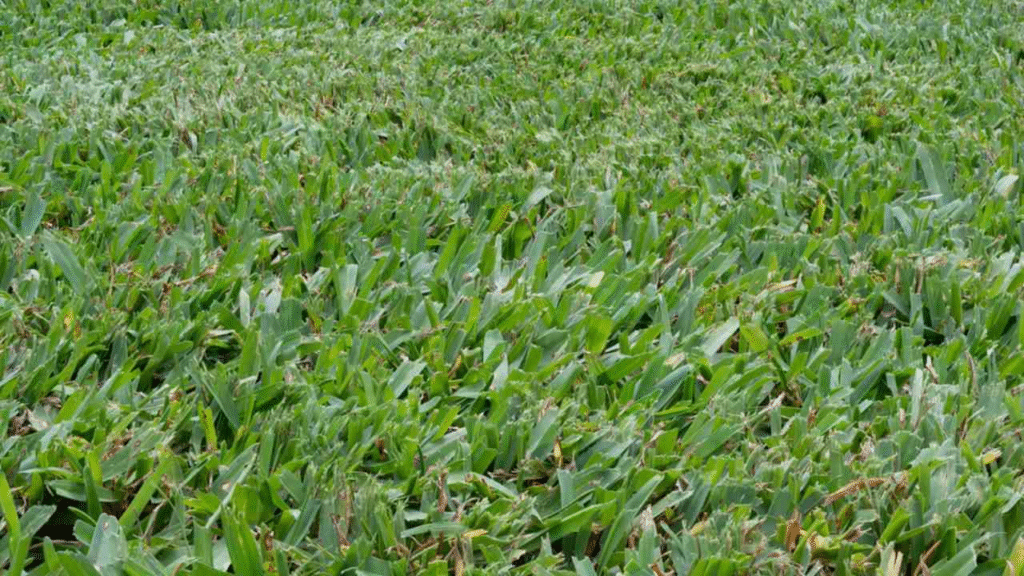
Growing Buffalo Grass from Seed: Step-by-Step Guide
Establishing buffalo grass from seed offers the most economical approach to covering larger areas, though it requires patience and careful timing:
Timing Your Seeding Project
The ideal seeding window for buffalo grass is late spring to early summer when soil temperatures consistently reach 60-80°F. This timing allows for maximum germination rates and gives seedlings enough time to establish before winter dormancy.
- Northern Regions (Zones 3-6): Plant from mid-May through June
- Central Regions (Zones 6-8): Plant from late April through early July
- Southern Regions (Zones 8-10): Plant from April through June or in early fall
Seeding Process
- Seed Selection: Choose improved buffalo grass cultivars like ‘Prestige’, ‘Density’, or ‘Legacy’, which offer better turf quality, faster establishment, and improved density compared to common buffalo grass.
- Seed Preparation: Consider using treated seeds with enhanced germination rates. Buffalo grass seed naturally has a hard seed coat that can delay germination; scarified or treated seed helps overcome this barrier.
- Application Rate: Apply seed at 3-5 pounds per 1,000 square feet for pure buffalo grass stands. Seed costs more than conventional lawn seed but requires significantly less product per square foot.
- Seeding Method:
- Mix seed with sand or fine compost for more even distribution
- Use a drop spreader for controlled application
- Apply half the seed in one direction, then the remaining half perpendicular to the first pass
- Seed Coverage:
- Lightly rake to incorporate seed just 1/4 inch into the soil surface
- Roll the area with a lawn roller to ensure good seed-to-soil contact
- Apply a thin layer of weed-free straw mulch (about 50% soil visibility) to protect seeds
- Initial Watering:
- Keep the seedbed consistently moist (not soggy) during the germination period
- Water lightly 2-3 times daily during hot weather
- Reduce frequency but increase duration as seedlings emerge and establish
- Germination Expectations: Patience is essential as buffalo grass seed may take 14-30 days to germinate under ideal conditions, significantly longer than many turf grasses.
- Initial Mowing: Allow seedlings to reach approximately 3 inches before the first mowing, typically 45-60 days after seeding.

How to Transplant Buffalo Grass: Using Sod and Plugs
For faster establishment or smaller areas, vegetative planting methods offer significant advantages:
Buffalo Grass Sod Installation
Buffalo grass sod provides instant coverage and erosion control, making it ideal for slopes or areas needing immediate establishment. While more expensive than seeding, sod dramatically reduces the establishment period and weed competition issues.
- Site Preparation:
- Follow the same soil preparation guidelines as for seeding
- Water the prepared area thoroughly one day before sod installation
- Ensure the soil is moist but not muddy at installation time
- Sod Installation Process:
- Begin laying sod along a straight edge (driveway, sidewalk)
- Stagger seams between rows in a brick-like pattern
- Fit pieces tightly together without gaps or overlaps
- Use a sharp knife or sod cutter to trim pieces around obstacles
- Roll the newly laid sod to ensure root-to-soil contact
- Post-Installation Care:
- Water immediately after installation until soil is thoroughly moistened
- Keep sod consistently moist for the first 10-14 days
- Avoid foot traffic for at least 2-3 weeks after installation
- Begin gradual reduction of watering frequency after roots establish (when sod resists gentle pulling)
Buffalo Grass Plug Planting
Plugs offer a middle-ground option between seeding and sodding. These small pieces of established buffalo grass can be planted at various spacings depending on your timeline and budget. Closer spacing fills in faster but requires more plugs, while wider spacing costs less initially but takes longer to establish a complete lawn.
- Plug Spacing Options:
- 6-inch spacing: Complete coverage in 1 growing season
- 12-inch spacing: Complete coverage in 1-2 growing seasons
- 18-inch spacing: Complete coverage in 2-3 growing seasons
- Planting Process:
- Prepare soil as you would for seed or sod
- Create holes at your desired spacing using a bulb planter or plug tool
- Insert plugs so their top surface is level with the surrounding soil
- Tamp firmly around each plug to eliminate air pockets
- Water thoroughly immediately after planting
- Establishment Care:
- Keep plugs well-watered for the first 3-4 weeks
- Apply light fertilizer 2 weeks after planting to encourage spreading
- Control weeds between plugs through careful hand pulling or selective herbicides
- Mow when plugs reach 4-5 inches in height
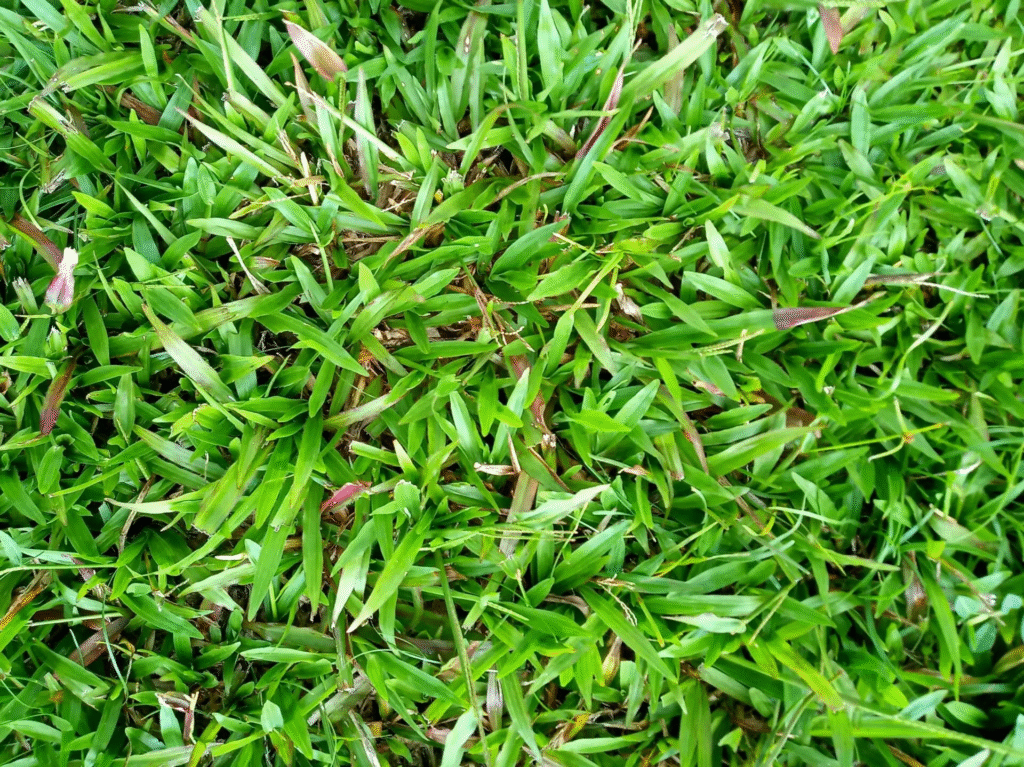
Buffalo Grass Maintenance: A Seasonal Approach
One of buffalo grass’s primary advantages is its minimal maintenance requirements compared to conventional lawns:
Spring Care (March-May)
- Green-Up Assessment: Buffalo grass naturally breaks dormancy later than cool-season grasses, typically turning green 2-4 weeks after Kentucky bluegrass or fescue. Don’t mistake this for dead turf—patience is key.
- First Fertilization: Apply fertilizer when grass is approximately 50% green, usually in late spring. Use a slow-release nitrogen fertilizer at half the rate recommended for conventional lawns (typically 0.5 pounds of nitrogen per 1,000 square feet). Select a fertilizer with a nitrogen-phosphorus-potassium ratio of approximately 3-1-2.
- Initial Mowing: Set mower height between 2.5-3 inches for the first spring mowing, then adjust to your preferred maintenance height.
- Thatch Evaluation: Buffalo grass rarely develops problematic thatch but assess thickness in spring and dethatch if layer exceeds 1/2 inch.
- Weed Control: Apply pre-emergent herbicide if crabgrass or other summer annual weeds have been problematic in past years.
Summer Care (June-August)
- Watering Strategy: Water deeply but infrequently to encourage deep root development. Established buffalo grass typically needs irrigation only during extended drought periods (3+ weeks without rainfall). When watering, apply approximately 1/2 to 3/4 inch per application.
- Summer Fertilization: If desired for enhanced appearance, apply a second light fertilizer application in early summer (June) using the same rate as spring application (0.5 pounds nitrogen per 1,000 square feet).
- Mowing Height: Maintain at 2-3 inches during the growing season. Buffalo grass can also be left unmowed for a meadow-like appearance, though it may look less manicured than conventional lawns.
- Mowing Frequency: Typically requires mowing only every 2-3 weeks during active growth, compared to weekly for conventional lawns.
- Weed Management: Address broadleaf weeds with spot treatment rather than broadcast application when possible.
Fall Care (September-November)
- Final Fertilization: Avoid late-season nitrogen applications that could delay dormancy. If soil tests indicate deficiencies, early fall (no later than early September) is the last opportunity to apply fertilizer. This timing allows the grass to utilize nutrients before winter dormancy while strengthening the root system.
- Dormancy Expectations: Buffalo grass will naturally begin turning straw-colored after the first frost or when temperatures consistently fall below 50°F. This dormancy is normal and does not indicate poor health.
- Final Mowing: Complete final mowing before dormancy begins, keeping height at 2-3 inches.
- Leaf Management: Remove excessive leaf buildup that could smother the dormant turf.
Winter Care (December-February)
- Traffic Limitation: Minimize traffic on dormant buffalo grass, particularly when frost is present.
- Winter Watering: In regions with dry winters, provide occasional irrigation during extended dry periods (4+ weeks without precipitation).
- Weed Vigilance: Address cool-season weeds that may emerge while buffalo grass is dormant, as they can gain a competitive advantage during this period.
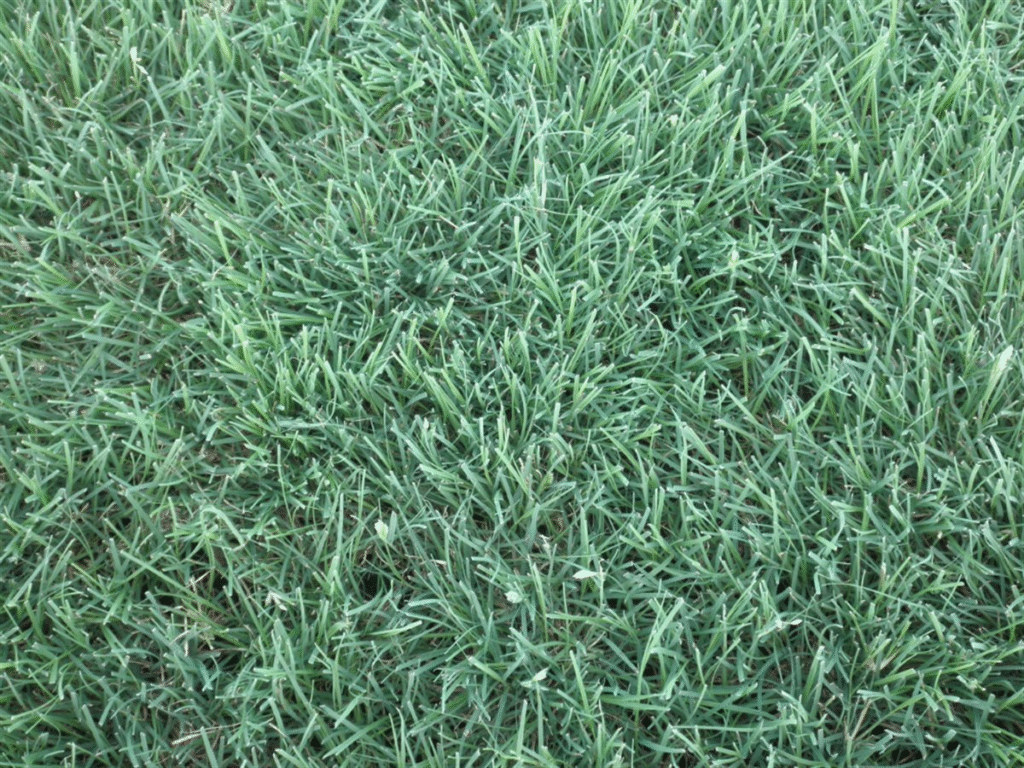
Troubleshooting Common Buffalo Grass Issues
Even this resilient native grass can experience challenges under certain conditions:
Establishment Problems
- Poor Germination: Often related to inadequate soil moisture during the critical germination period. Ensure consistent moisture for at least 30 days after seeding.
- Patchy Growth: May indicate uneven seed distribution or soil preparation. Consider overseeding thin areas during the next appropriate planting window.
- Slow Spread: Buffalo grass naturally spreads more slowly than many conventional lawn grasses. Patience is essential; complete coverage may take 1-2 full growing seasons.
Maintenance Challenges
- Invasive Grasses: Kentucky bluegrass, bermudagrass, and other aggressive turf species can invade buffalo grass areas, especially in well-watered or fertilized sections. Maintain distinct borders between turf types or commit to a single species.
- Shade Thinning: Buffalo grass will inevitably thin in areas receiving less than 6 hours of direct sunlight. Consider alternative groundcovers for shady sections rather than attempting to force buffalo grass to thrive where it naturally cannot.
- Winter Color: The dormant straw color during cold months represents a significant visual difference from evergreen cool-season grasses. Consider this aesthetic factor when choosing buffalo grass.
Pest and Disease Issues
While generally resistant to many common turf problems, buffalo grass can occasionally experience:
- False Chinch Bugs: These small insects can cause damage during hot, dry periods by extracting plant sap. Their feeding may create straw-colored patches that resemble drought stress. Treatment is rarely necessary as buffalo grass typically recovers quickly once insects move on or conditions change.
- Leaf Spot: In unusually wet seasons, fungal leaf spot may appear as small brown lesions on grass blades. Reducing irrigation and avoiding evening watering typically resolves the issue without chemical intervention.
Buffalo Grass Varieties: Choosing the Right Option
Modern buffalo grass breeding has produced improved varieties with enhanced characteristics:
- ‘Prestige’: Features finer leaf texture, denser growth habit, and improved color retention. Develops fewer seedheads, creating a more manicured appearance even with limited maintenance.
- ‘Density’: Selected for faster establishment and increased stolon production, resulting in quicker coverage. Maintains good drought tolerance while offering improved wear resistance.
- ‘Legacy’: Exhibits excellent cold tolerance and earlier spring green-up than common buffalo grass. Produces a more uniform appearance with consistent color.
- ‘Cody’: Developed for superior drought resistance and very low growth habit, potentially reducing mowing requirements further.
- ‘Bowie’: Features improved disease resistance and slightly better shade tolerance than most buffalo grass varieties, though still requires significant sun exposure.
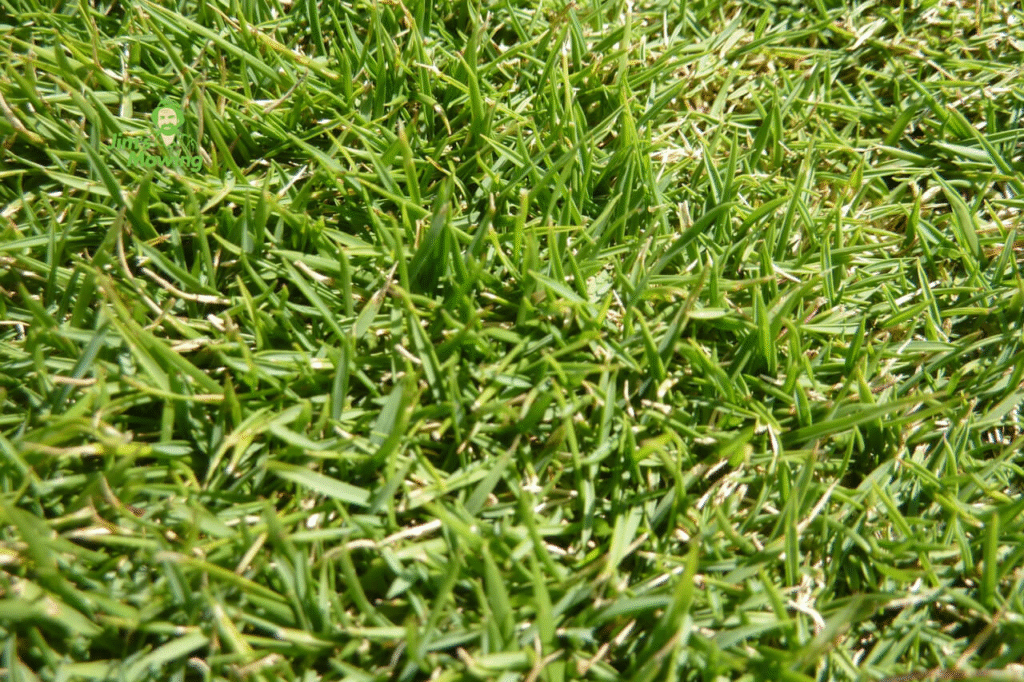
Integrating Buffalo Grass Into Your Landscape Design
Buffalo grass offers unique design possibilities beyond traditional lawn applications:
Natural Landscape Integration
- Prairie Restoration: Combine buffalo grass with native wildflowers and prairie grasses in lower-maintenance sections of your property. This approach creates authentic regional landscapes while providing valuable habitat for pollinators and beneficial insects. The buffalo grass serves as a controlled groundcover between taller native plant specimens.
- No-Mow Borders: Establish buffalo grass buffer zones around natural areas, allowing it to grow to its natural height for a soft transition between manicured spaces and wild plantings.
Functional Applications
- Erosion Control: Utilize buffalo grass on slopes and banks where its extensive root system helps stabilize soil while requiring minimal maintenance in potentially difficult-to-mow areas.
- Low-Traffic Areas: Perfect for median strips, boulevard plantings, and other public spaces where traditional high-maintenance turf creates unnecessary expense and environmental impact.
- Green Infrastructure: Incorporate buffalo grass in rain gardens and bioswales where its drought tolerance allows it to thrive in areas experiencing both periodic flooding and dry conditions.
Conclusion: Embracing Sustainable Lawn Alternatives
Buffalo grass represents more than just another lawn option—it embodies a shift toward more sustainable, regionally appropriate landscaping. By requiring significantly less water, fertilizer, fuel, and time than conventional turf grasses, buffalo grass allows homeowners to maintain attractive outdoor spaces while reducing their environmental footprint.
As water conservation becomes increasingly important and chemical use in home landscapes faces greater scrutiny, native grasses like buffalo grass offer compelling alternatives that connect our managed landscapes to their natural heritage. The prairie grass that once supported vast bison herds can now support our efforts to create more sustainable communities—one lawn at a time.
When considering a lawn renovation or new installation, evaluate whether buffalo grass might be the ideal solution for your specific site conditions, maintenance preferences, and environmental values. While it may not be suitable for every property or purpose, where appropriate, buffalo grass delivers remarkable performance with minimal inputs—exactly what forward-thinking homeowners increasingly seek.
